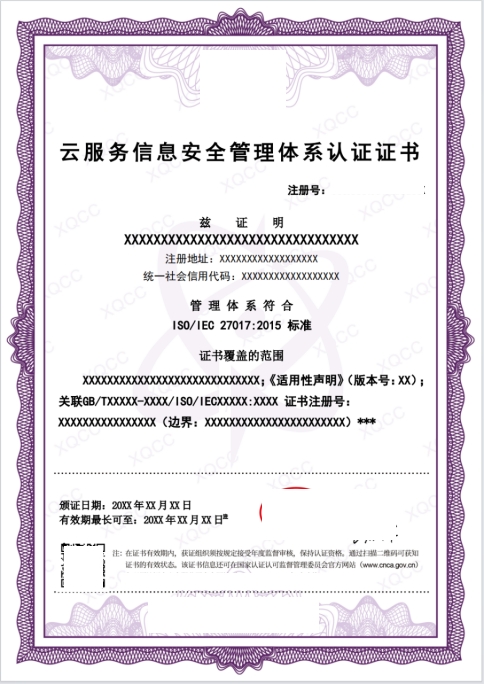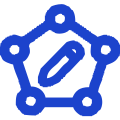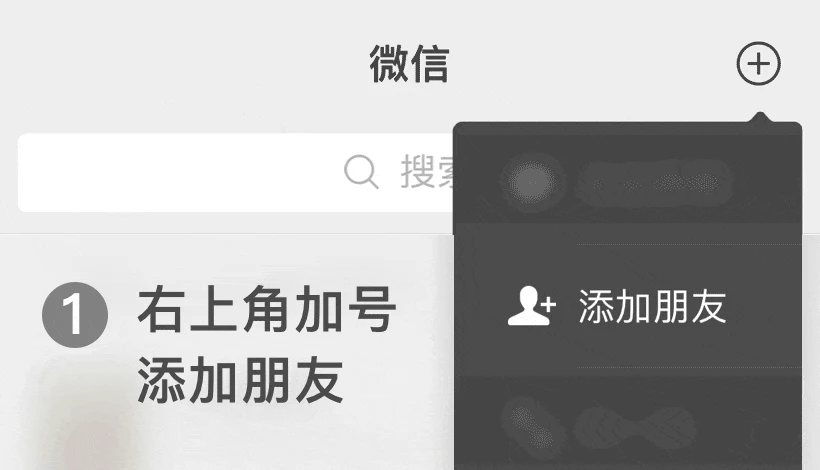
 Professional services are guaranteed
Professional services are guaranteed One on one full process guidance
One on one full process guidance Efficient and fast experience
Efficient and fast experience1. Standard background and positioning
Background: With the rapid popularity of cloud computing, traditional security frameworks are unable to cover the dynamic nature of cloud environments, multi tenant architectures, and shared responsibility models. ISO 27017 was born in response to demand, filling the gap in standardized security controls in the field of cloud services.
Relationship with ISO 27001: ISO 27017 is not an independent management system standard, but a supplementary guide to ISO 27001 in cloud environments. Enterprises need to build a cloud security system within the framework of ISO 27001, combined with specific control measures of ISO 27017.
2. Applicable objects
Cloud Service Providers (CSPs): They need to ensure that their services comply with international security standards and enhance customer trust.
Cloud Service Customer (CSC): Need to assess supplier compliance and clarify the boundaries of security responsibilities for both parties.
Applicable scenarios: covering public cloud, private cloud, and hybrid cloud deployment models, supporting various service models such as IaaS, PaaS, SaaS, etc.
ISO 27017 proposes 37 control measures around the entire lifecycle of cloud services, of which 7 are unique to cloud environments and the remaining 30 are extensions of ISO 27002. The following is a summary of the core control field:
1. Cloud service specific controls
(1) Virtual Machine Isolation and Protection
Require CSP to ensure virtual machine isolation in multi tenant environments, prevent side channel attacks and data leaks, and provide customers with the ability to configure virtual firewalls.
(2) Data Sovereignty and Cross border Transmission
Clarify the physical location of data storage and compliance requirements for cross-border transmission, ensuring compliance with regional regulations such as GDPR and CCPA.
(3) Customer data deletion verification
Establish a technical process for the complete deletion of data after service termination, and provide verifiable audit evidence.
(4) Supply Chain and Third Party Management
Require CSP to conduct security assessments on its supply chain (such as sub processors) to ensure compliance throughout the entire chain.
2. ISO 27002 Extended Control Items
• Access control: Strengthen role-based access control (RBAC) and support fine-grained permission allocation.
• Event response: Establish a cloud environment specific event response process, including log sharing mechanisms and joint exercises.
• Business continuity: Require CSPs to provide transparent disaster recovery solutions (such as RTO/RPO metrics) and sign SLAs with customers.
ISO/IEC 27017:2016 provides an international standardized framework for cloud service security, with core values including:
1. Enhance trust and market competitiveness
Cloud Service Providers (CSPs): By certifying their security capabilities, they attract customers from high compliance industries such as finance and healthcare.
Cloud Service Customer (CSC): Quickly identify trusted vendors, reduce data breaches and compliance risks.
2. Clarify responsibility boundaries and reduce legal risks
Clearly define the security responsibilities between CSP and customers (such as data isolation and deletion verification), avoid disputes caused by ambiguous responsibilities, and support contract and SLA compliance.
3. Optimize security architecture and operational efficiency
Integrate "secure left shift" design (such as encryption and access control) to reduce vulnerability repair costs; Unified management of multi standard compliance (such as GDPR, ISO 27001), simplifying audit processes.
4. Ensure global business expansion
Meet the requirements of data sovereignty and cross-border transmission, support cross-border business deployment, and avoid regional regulatory penalties (such as GDPR fines).
5. Enhance ecological synergy and risk resistance capability
Standardize supply chain security management and reduce third-party risks; Enhance business continuity through event response collaboration and disaster recovery transparency.
(I.) Material List
1. Enterprise qualification documents
Legal status certification documents such as business license and organization code certificate (stamped with official seal).
Industry related licenses or qualification certificates (if applicable).
2. Management system documents
Information security management system manual, procedural documents (such as security policies, risk management plans, access control procedures, etc.).
Business process diagrams: including cloud service processes, data flow diagrams, IT system architecture diagrams, etc.
3. Operation and audit records
System operation records for the past 3 months (such as logs, monitoring reports, etc.).
Internal audit reports, management review records, and improvement measures documents.
4. Risk assessment and compliance certification
A complete risk assessment report (including methodology, risk mitigation measures, and residual risk description).
Proof of compliance with laws and regulations (such as GDPR, cybersecurity related documents).
5. Other key materials
Business Continuity Plan (BCP) and Disaster Recovery Plan.
Employee information security training records and proof of awareness education.
Multi venue list (if applicable): detailed information of branch offices or temporary office locations.
(II.) ISO 27017 Certification Application Conditions
1. Basic qualifications of the enterprise
Legitimate legal status: Enterprises must hold valid business licenses or equivalent legal documents (such as registration certificates for foreign enterprises), and have not been subject to administrative penalties for industry and commerce, or have completed the execution of penalties and provided proof.
Fixed business premises: have office space that matches the declared business and can accept on-site audits by certification agencies.
Industry specific qualifications: If the industry requires a license (such as construction, chemical, etc.), relevant qualification documents within the validity period must be provided.
2. ISO 27001 Certification Fundamentals
Pre requirement: Enterprises must have obtained ISO 27001 certification or apply for both ISO 27001 and ISO 27017 certifications simultaneously. If applying for ISO 27017 separately, the certification scope must not exceed the coverage of ISO 27001, otherwise an expansion audit of ISO 27001 must be conducted first.
3. Operation requirements for management system
System establishment and operation time: Establish an Information Security Management System (ISMS) according to the ISO 27017 standard and operate it for at least 3 months, generating complete operation records.
Internal audit and management review: Before submitting the certification application, at least one internal audit and management review must be completed to ensure the effectiveness and compliance of the system.
4. Compliance requirements
Administrative penalty record: During the operation of the system and within one year before its establishment, no administrative penalty has been imposed by the competent department, or it has been properly handled.
Business qualification matching: The scope of business applying for certification must be within the scope of the business license or permitted qualifications, and comply with the business acceptance scope of the certification body.
(III.) Precautions
Certification process: usually includes system establishment, document preparation, internal audit, certification application, pre-approval (Stage 1), formal audit (Stage 2), and certification, and the entire process takes 4-6 months.
Cost composition: including consulting fees, certification body audit fees, and annual maintenance fees, with specific costs varying depending on the size of the enterprise and the complexity of cloud services.
Continuous improvement: After certification, it is necessary to undergo annual supervision and audit, and a re evaluation is required three years later to maintain the validity of the certificate.
ISO 27017 certification is an authoritative information security certification in the field of cloud services, and its application process needs to be combined with the ISO 27001 Information Security Management System (ISMS) framework and extended based on the characteristics of cloud services. The following are the specific implementation steps and key points:




Wechat ID:Siterui888888
Add a wechat friend to get free plans and quotations


 Contact
Contact




 定制化解决方案
定制化解决方案 专业咨询指导
专业咨询指导 透明化服务
透明化服务 长期顾问式合作
长期顾问式合作